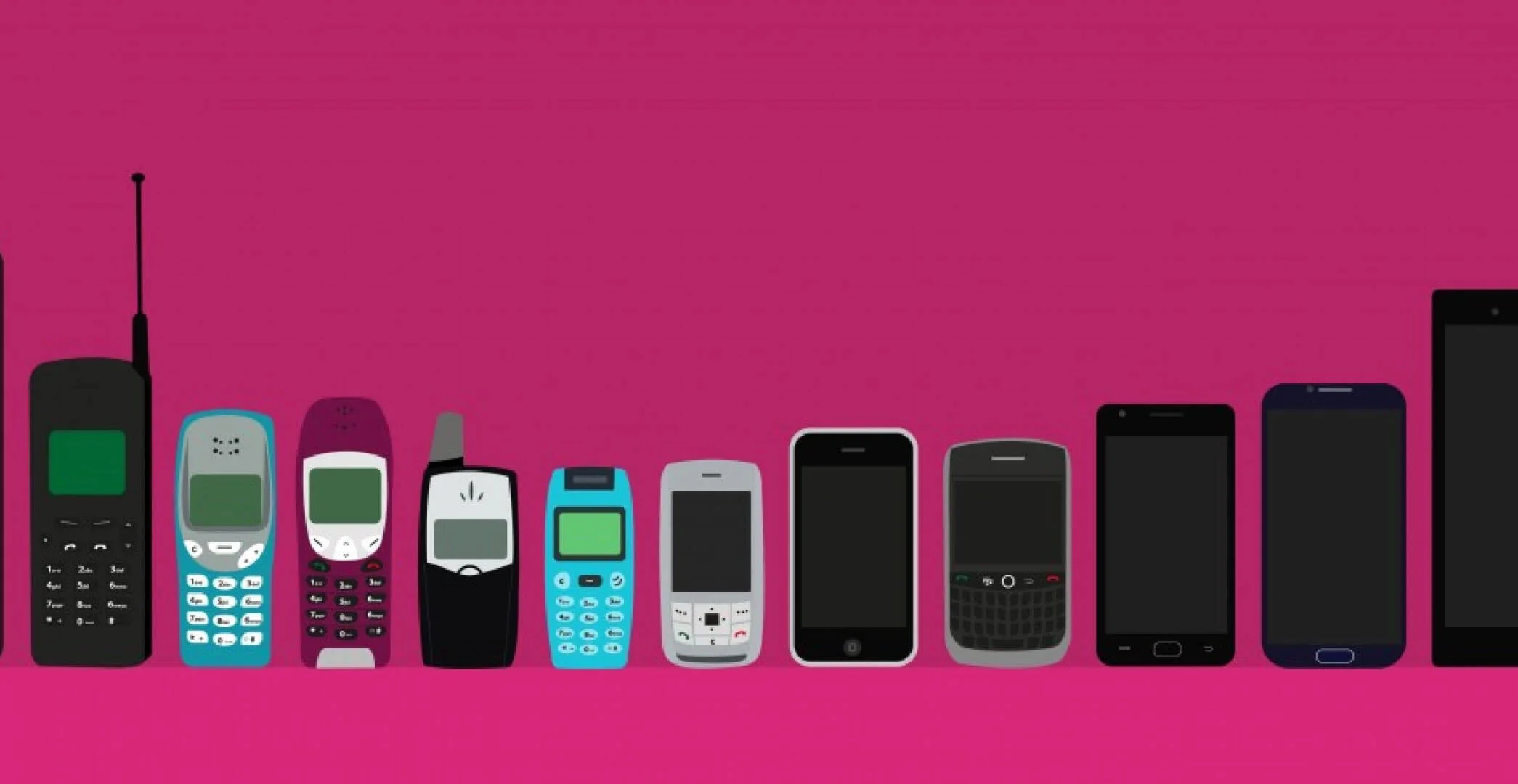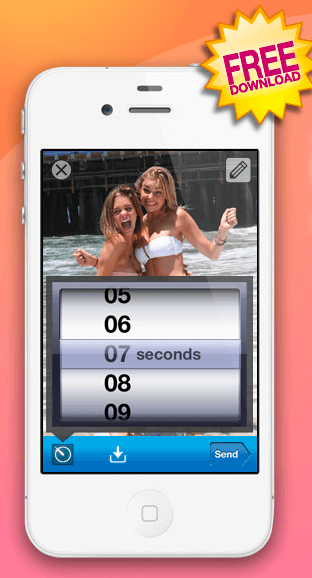Have you ever wondered how some of the most widely used apps started out?
Or what they looked like in those early stages?
Here are some phase prototypes.
Snapchat 2012
This was a much simpler version of Snapchat, where the only thing you could do is send timed snaps and draw on them.
In the early days they were calling it Pictaboo - explains why the logo is a ghost.
Pictaboo launched in July 2011. By the summer it only had 127 users.
In fall of 2011, the name was changed to snap chat while a founder was kicked out of the company due to equity concerns. During the coming school year, the App users spiked to 1000 people. They learned that high school kids enjoyed the app because of past experiences with photos that landed on the internet and caused them grief. Currently, Snapchat is the third most popular social media app.
Instagram 2011:
Originally, a distinctive feature was that it confined photos to a square shape, similar to Kodak Instamatic and Polaroid images, in contrast to the 4:3 aspect ratio typically used by mobile device cameras. In August 2015, version 7.5 was released, allowing users to post photos captured in any aspect ratio.
From the very beginning, Instagram was set to be a success story. In fact, it had 1 million users just 2 months after its launch and it kept on growing ever since. Instagram knew how to continually improve itself adding new features and new photo effects. Instagram may have made a place for itself that will last for many years to come.
Shazam 2010
This music discovery software was one of the first to listen to music and tell you what song you are hearing.
Shazam launched in 2002, four years before Apple's iPhone invented the app economy. Unlike most companies that pioneer a concept before users adapt, Shazam survived. A decade ago, its U.K. only service relied on text messaging to send back song identifications. The company stayed small and lean for its first few years -- then took off when smartphones hit the scene.
WhatsApp 2011
WhatsApp is a versatile messaging platform that allows for calls, videos, photos and and easy way to find your contacts by your contact list - all via a data or wifi connection.
Creators Acton and Koum made WhatsApp to be a company that doesn't care about advertising and making money off of your personal information. They made money from WhatsApp in two ways before selling the APP to Facebook late 2013. They charge iPhone users a one-time $.99 fee upon installation. They charge Android users $.99 every year after the first year. Lots of people have paid Acton and Koum $.99. 250 million people use WhatsApp every month because it is a simple and effective way of communicating.
Tinder: 2011-2013
Little did you know... Tinder started as a publication platform and failed to launch in 2012? Later in 2013, Tinder released their early dating app.
The app was founded by Sean Rad and Justin Mateen, a pair of 27-year-old entrepreneurs who “seeded” it in the University of Southern California with just 300 people. By the end of the week it had 1000 users and a new craze was born.
eBay 2008:
eBay sellers could now re-list or receive their eBay listing on the go, with this early version of the eBay Mobile App.
eBay was founded in Pierre Omidyar's San Jose living room back in September 1995. It was from the start meant to be a marketplace for the sale of goods and services for individuals.
With some of these versions looking rough around the edges, I am sure we will be shocked with current applications we are using now as we see them evolve over time.








